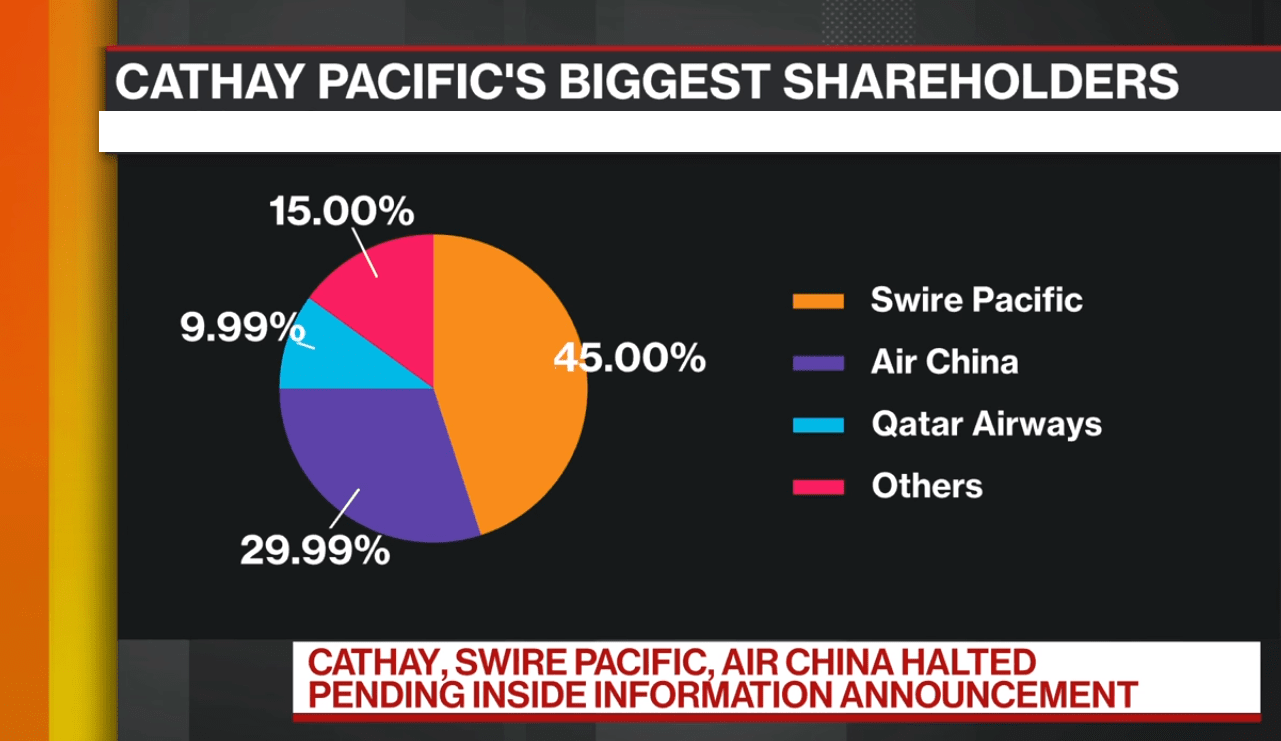Book your flight tickets online for Cathay Pacific Airlines and use their promotions to get…
Cathay Pacific Airlines Covid 19 Guidelines Hongkong
From conveying in-flight dinners to occupants close to the air terminal to advancing plane product, the COVID-19 pandemic has started imaginative endeavors among significant carriers to redress, if just marginally, the loss of their greatest pay stream—ticket deals.
Hong Kong banner transporter Cathay Pacific Airways has begun offering doorstep food delivery to nearby homes in the Tung Chung people group as of late. Its food division used to prepare 83,000 dinners for passengers on 293 flights per day, or an average of 283 dinners per flight; however, there are now only a few dozen Hong Kong flights per day.
On normal days, only 22 travelers per plane came through Hong Kong’s air terminal all through August.
The dinners-on-wheels plot at first just focused on air terminal laborers, but has since been extended to cover the nearby Tung Chung region, offering basic in-flight nourishment for those hankering for aircraft suppers.

- “We understand that many people working in the airport zone want to be able to easily purchase takeaway lunches and suppers to maintain appropriate social distance, and we are offering such takeaway administrations to individuals inside the airport network and Tung Chung neighborhood,” a Cathay representative said.Cook Gate Gourmet, a competitor carrier, used a similar strategy, going to “deliverable suppers” for the air terminal network to keep its kitchens running.Air terminal laborer Wong Hei-evade said the HK$40 (US$5) chicken curry with rice he requested from Cathay Pacific was more reasonable than at nearby cheap food outlets; however, the nature of genuine in-flight dinners was better than the one conveyed.”The food is OK, yet the rice was excessively watery.” “The curry and chicken are reasonable,” he said.Cathay Pacific recently revealed another range of products online based on its retired Boeing 747 workhorse, in a significantly more prominent effort to push the carrier group’s internet business deals among its 12 million Asia Miles members worldwide.
In accordance with a desire to turn into the Amazon of carrier shopping entrances, the stage offers clients the opportunity to get an Apple MacBook by amassing 222,520 air miles or to pay for the majority of the PC in real money for HK$10,000. Putting on 21,650 miles can ensure a Breville pot.
The feeble Hong Kong Airlines, the sole business transporter in Hong Kong not owned by Cathay, has been enduring a close crash in traveler income due to mounting sanctions and switching over to freight-only flights.
With an eye on the future and its new reality, it trusts that its enormous push towards a web-based shopping portal—in a comparative vein to Cathay’s Asia Miles—would accumulate some income.
“We are working with our key retail partner to create and grow online deals, empowering us to offer a more extensive determination of items with more noteworthy comfort for our clients and have these conveyed to their homes,” a Hong Kong Airlines representative said.
The types of items accessible from various aircraft have shifted from standard transitory and wearable items to limited editions and once-in-a-lifetime encounters.
Thai Airways, whose multi-year misfortunes constrained the public transporter into insolvency insurance, opened a plane-themed eatery this month decked out with airplane seats, lodge team administration, and ticket gifts to improve the eating experience.
Qantas has been among the craftiest of aircraft, putting out an offer a month ago for just A$25 (HK$141) on a “care bundle” for flying fans, including its vaunted business-class nightwear, a pleasantry unit, and some in-flight snacks—which sold out in hours. The transporter additionally brought back its semi-customary touring road trip over Antarctica. That flight, which keeps going for as long as 14 hours, costs under HK$7,000.
English Airways went to workmanship sweethearts in July. It displayed 17 pieces of its huge and valued craftsmanship assortment in air terminal parlors and at its central command, raising HK$22 million from selling pieces by renowned specialists like Bridget Riley and Damien Hirst.
With fringes shut, aircraft are, in any event, utilizing grounded planes, but in a restricted way.
A month ago, Taiwanese transporters offered to fly inhabitants around one controlled island, from Taipei and back, to satisfy the longing for movement denied travelers who gobbled up tickets.
In the exact same month, Japan’s All Nippon Airways used an endless supply of its new, exorbitant 520-seat Airbus A380 to offer a Hawaiian-themed hour and a half “air journey” to no place. The request was flexible for the exceptional occasion, and more than 330 people were willing to pay from HK$1,000 in the economy to HK$3,650 at the top of the line.
Singapore Airlines is likewise supposedly arranging its own trip to nowhere as the same number of Asian nations adjust to inflexibly shut fringes and the absence of homegrown trips to keep flying fans glad.
Simon Lee Siu-PO, the senior teacher at Chinese University’s business college, said COVID-19 indicated aircraft were expected to discover different approaches to bringing in cash.
“When you compare a carrier to a retailer, you can see that a carrier has a lot of expected income, like a shopping center in the sky.” “That expansion and investigation of new directions is essential over the long haul,” Lee said.
He included: “The key is that they carry travelers to the objective; however, clients have the spending power, so aircraft are helping them to spend, yet by utilizing internet business, that buying can be measured.”
Related Topics
